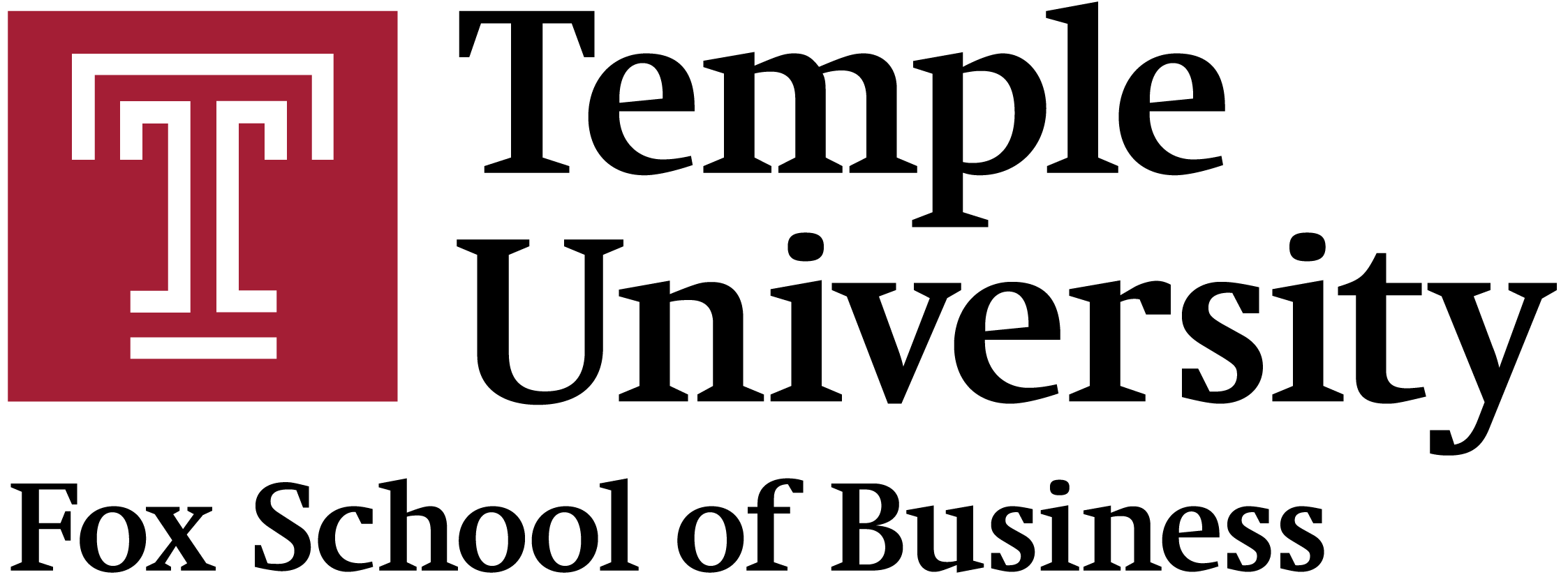Green Cloud Computing
Amolak Bhatti
The past couple of decades have led to various advances in data analysis and expansion in data centers. Cloud computing especially has grown as businesses have found it to be more efficient than having manual systems set up. But Cloud Computing does consume lots of energy and it negatively the global environment. Out of concern over immense power consumption, the concept of Green Cloud Computing grew. Energy consumption has grown especially in the information communication tech industry compared to other industries. The goal of green cloud computing is promoting recyclability and biodegradability of obsolete products. Other goals include reducing factory waste by using sustainable materials and trying to increase energy efficiency of products. A proposal called the Green Cloud Architecture can cut down energy consumption by 27%. Green Cloud Architecture would include monitoring of virtual machines and overall optimization. One major place where power consumption can be cut down is at data centers. Frameworks for reducing data center energy consumption could look at improvements in mobile device battery efficiency because of the development similarities. An average data center uses energy that could power 25,000 households, that just shows how inefficient the energy consumption currently is. Of course lots of power is needed for the data centers to maintain good performance, but it doesn’t mean it can’t be optimized. One other technique to reduce energy consumption is Dynamic Voltage and Frequency Scaling (DVFS). It basically allows scheduling to minimize the power consumption. DVFS also allows processers to run at different frequencies with voltage to reduce the energy consumed by the processor. When it comes to data centers, Nano data centers are an alternative which uses less energy. Nano data centers are different than typical ones since they are in smaller sizes but geographically interconnected. Larger data centers consume up to thirty percent more energy compared to Nano data centers.
This topic of Green Cloud Computing directly relates to topics we discussed in MIS 3406 because of our usage of AWS and understanding of data centers. Whatever we worked on using AWS is powered by Amazon’s data centers wherever they are. Those data centers power the RDS instances, virtual EC2 instances, and various companies’ databases. As computing has moved to the cloud, it doesn’t mean there isn’t any carbon footprint left behind from the amount of energy usage. Companies have moved or are moving their operations to cloud computing services so the future data centers will need optimized setups.
Regarding our course’s overarching platform being AWS, Amazon has reached the goal of 50 percent energy usage in 2018. Microsoft Azure as well is currently running on 60 percent renewable energy planning on reaching 70 percent by 2023. Microsoft is also doing research on how to make their data center framework more energy efficient. This included possible data centers on the ocean floor. Having data centers on the ocean floor would get rid of cooling and parts wasting energy. Google has been doing roughly the same, but both Google and Microsoft have been using machine learning to increase the data center efficiency. For example, Google has an algorithm that optimizes its data centers as it knows how to change a data center cooling system according to the environment.
Oberhaus, Daniel. “Amazon, Google, Microsoft: Here’s Who Has the Greenest Cloud.” Wired, Conde Nast, 12 June 2019, www.wired.com/story/amazon-google-microsoft-green-clouds-and-hyperscale-data-centers/.
Limbachiya, Niranjan. “Green Cloud Computing : Techniques Every QA Should Know.” Entrepreneur, 12 June 2019, www.entrepreneur.com/article/335172.
“Green Cloud Computing: Saving Energy through Technology.” InsightsSuccess, 29 June 2018, www.insightssuccess.com/green-cloud-computing-saving-energy-through-technology

